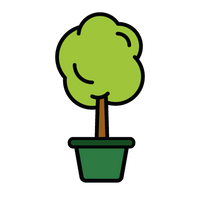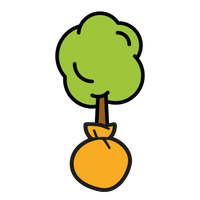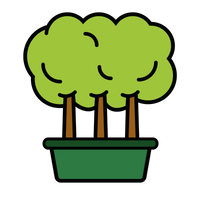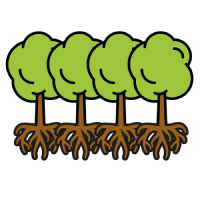We've dedicated time and care into growing your pot grown plant, so it arrives looking stunningly new and healthy.
The Lavandula angustifolia ‰ۡÌÝÌáMunstead,‰ۡó» is a favoured species, for its stunning shrubbery that is easy to grow, compact, and very hardy. It looks perfect in any English cottage garden or countryside site. It is a plant that is often used to get rid of pests, as the scent coming from the Lavender can easily deter them. The plant can be used in many ways in cooking, whether that is in biscuits, cake or tea, and can easily be used as a substitute to Rosemary, interestingly- the citrusy, but sweet-like flowers are even edible too.
In comparison to the Lavender ‰ۡÌÝÌáHidcote,‰ۡó» the English Lavender has a much softer and paler shade of purple flowers, that accompany a much lighter foliage.
The English Lavender flowers from May or June through to August time, in which will then attract bees, butterflies and many other (winged) insects or pollinators- also likely to then attract birds. Saying that, if you love to see a bit of wildlife in your garden, this makes the Lavandula angustifolia ‰ۡÌÝÌáMunstead‰ۡó» the ideal plant for you. As well as all this, being an evergreen, the English Lavender can provide an all-year interest and will perfectly complement the pretty, colourful flowers that you see bloom during Summer.
̴Ì?










